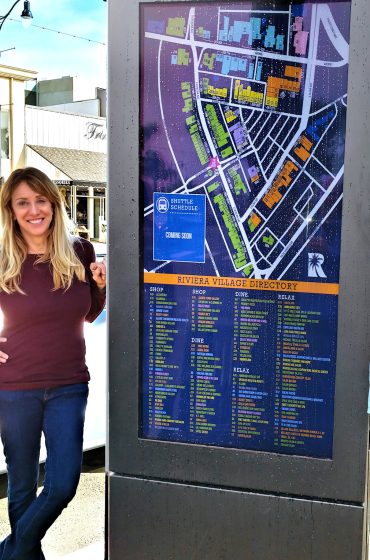Here’s guidance on the subject of kiosks – a great product for many applications. LobbyPOP has many years of experience in working with our partners to deploy small to medium to very large kiosk projects. The technology has (thankfully) evolved dramatically, but the important factors have not changed. We have found six factors to consider when choosing and deploying kiosks for your intended purpose. By no means is this list inclusive of everything -This is a summary of those six considerations:
1) The Hardware Solution –
You want a kiosk that is build to ADA guidelines and UL specs. And you should choose a form and design that fits your environment, brand and size requirements. In addition, the enclosure and structure should be inviting. There is no reason in today’s market that you should sacrifice esthetics or durability. Every option imaginable is available!
2) The Application –
Think about your experience when you check in at the airport. Your kiosk operation should be that simple! 2-3 buttons, a clear touchscreen, and simple graphic elements. Who will develop the content elements? LobbyPOP Pros provide the service in-house, while the LobbyPOP agency develops applications, ties in with touch systems and databases and helps remotely manage the kiosk.
3) Remote Monitoring/Reporting –
Without remote monitoring/reporting – how will you know if the kiosk is alive? What about a screenshot – proof of play – is that available?
4) Service –
Think about the warranty, and who actually owns the hardware. If a service call is needed, do you need to outsource on-site maintenance where an outside tech will service the kiosk? A LobbyPOP Pro will keep spare parts on hand for common replacements.
5) The Kiosk Project –
What is the intended purpose of your kiosks? Decide on 2 or 3 priorities at least initially – you can always add on later. What does a good pilot program look like? Number of stores? What types of stores? What’s the budget for the pilot? The MOST important part of the pilot is determining you success criteria. What is the budget and who will own the kiosks?
6) Employee Involvement –
Employees can sometimes feel intimidated or threatened by the kiosk. We’ve seen examples where a kiosk is placed in an existing environment without much employee involvement and the program will fail.
 So, in summary, a kiosk is a great tool and resource, useful for in-store surveys, outside mall directories, product descriptions and applications, and guidance for customers. The most important moments in the life of the kiosk campaign are those before it is installed. When you think kiosk, think ASK – the questions above will help guide you to the right answers for you.
So, in summary, a kiosk is a great tool and resource, useful for in-store surveys, outside mall directories, product descriptions and applications, and guidance for customers. The most important moments in the life of the kiosk campaign are those before it is installed. When you think kiosk, think ASK – the questions above will help guide you to the right answers for you.

